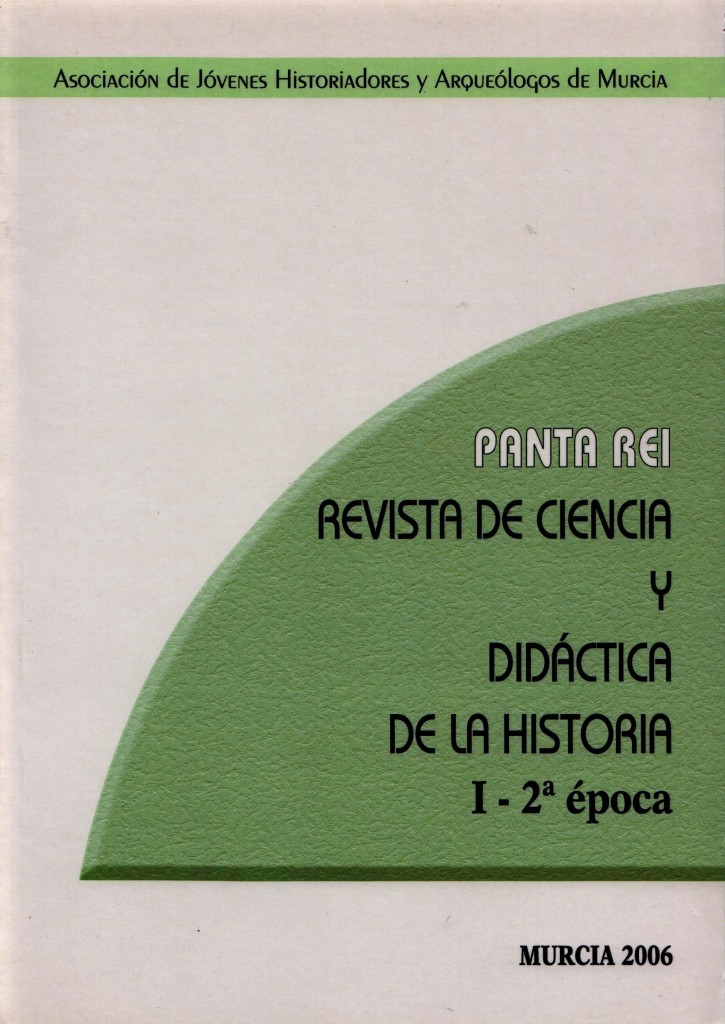El periodo Isin-Larsa. Una comparativa historiográfica
Resumen
Dentro de los periodos de la historia, tal vez sea el surgimiento de la civilización «occidental» en Mesopotamia el que menos se ha estudiado por diversos factores, la dificultad de investigación, la hegemonía investigadora sobre historia romana y griega, pero dentro de este campo de investigación es muy poco estudiado también el periodo llamado Isin- Larsa, en el que ninguna ciudad mantuvo una hegemonía clara, y en el que surgieron múltiples formas de organización, tantas como ciudades. Este periodo ha sido marginado de una forma inconsciente por una parte importante de la historiografía, al igual que lo son los periodos que se incluyen entre dos importantes procesos, como sería en historia de Grecia lo sucedido. El artículo explora el final de la dinastía Urr III, donde nos encontramos con una problemática de identificación histórica de un mismo período que viene a ser tratado por algunas fuentes como el período de los Amorritas y, por otras, el período de Isin-Larsa.
Descargas
-
Resumen425
-
PDF209
Citas
Consultar PDF
Todos los contenidos publicados en nuestra revista están sujetos a una licencia Atribución 4.0 Internacional (CC BY-SA 4.0) de Creative Commons. Usted es libre de compartir (copiar y redistribuir el material en cualquier medio o formato) y adaptar (remezclar, transformar y crear a partir del material para cualquier finalidad, incluso comercial), bajo los siguientes términos:
Reconocimiento: Debe reconocer adecuadamente la autoría, proporcionar un enlace a la licencia e indicar si se han realizado cambios. Puede hacerlo de cualquier manera razonable, pero no de una manera que sugiera que tiene el apoyo del licenciador o lo recibe por el uso que hace.
CompartirIgual: Si remezcla, transforma o crea a partir del material, deberá difundir sus contribuciones bajo la misma licencia que el original.
El texto completo de la licencia se puede consultar en: Licencia Creative Commons













